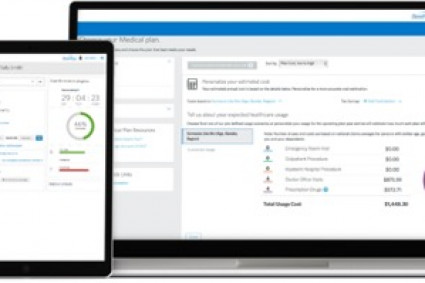
Building a robust financial portfolio is crucial for securing your future and achieving your long-term financial goals. Whether you're a seasoned investor or just starting, these ten essential tips can guide you towards creating a strong and resilient financial portfolio.
Set Clear Financial Goals: Begin by defining your financial objectives. Whether it's retirement planning, wealth accumulation, or buying a home, having specific and measurable goals helps shape your investment strategy.
Diversify Your Investments: Spread your investments across different asset classes, such as stocks, bonds, real estate, and commodities. Diversification reduces risk and ensures your portfolio isn't overly reliant on one market.
Regularly Review and Rebalance: Frequent reviews of your portfolio are essential. Assess the performance of your investments and rebalance periodically to maintain your desired asset allocation.
Consider Risk Tolerance: Understand your risk tolerance before making investment decisions. Balance riskier investments with safer options based on your comfort level and financial objectives.
Invest for the Long Term: Patience is key. Successful portfolios are often built over time, benefitting from the power of compounding. It's crucial to refrain from making impulsive decisions solely based on short-term market fluctuations.
Keep an Emergency Fund: Maintain a separate emergency fund equal to at least three to six months of living expenses. This fund acts as a safety net during unexpected financial setbacks.
Stay Informed and Educated: Continuously educate yourself about investment opportunities and market trends. Stay updated with financial news and seek professional advice when needed.
Minimize Fees and Costs: Be mindful of fees and expenses associated with your investments. High fees can significantly eat into your returns over time, so opt for cost-effective investment options.
Review and Adjust as Needed: Periodically reassess your financial goals, risk tolerance, and market conditions. Adjust your portfolio accordingly.
Tax-Efficient Investing: Investigate tax-efficient investment strategies to enhance after-tax returns. Utilize retirement accounts and tax-efficient funds to minimize tax liabilities.
Regularly Rebalance Your Portfolio: Periodically review and rebalance your portfolio to maintain your desired asset allocation and adapt to market changes.
Stay Disciplined and Consistent: Stick to your investment plan and avoid emotional decision-making during market fluctuations. Consistency in your approach often yields better long-term results.
Stay Liquid: Maintain a portion of your portfolio in liquid assets to cover short-term needs or take advantage of investment opportunities.
Conclusion
In conclusion, building a strong financial portfolio requires strategic planning, diversification, and a long-term perspective. By following these ten essential tips, you can create a resilient portfolio that aligns with your financial goals while mitigating risks along the way. Remember, seeking professional advice tailored to your individual circumstances is always wise.




